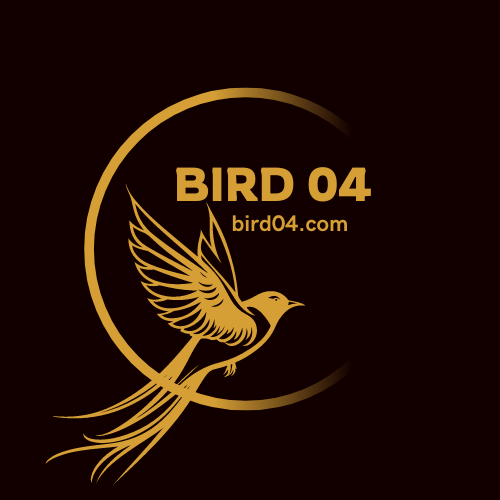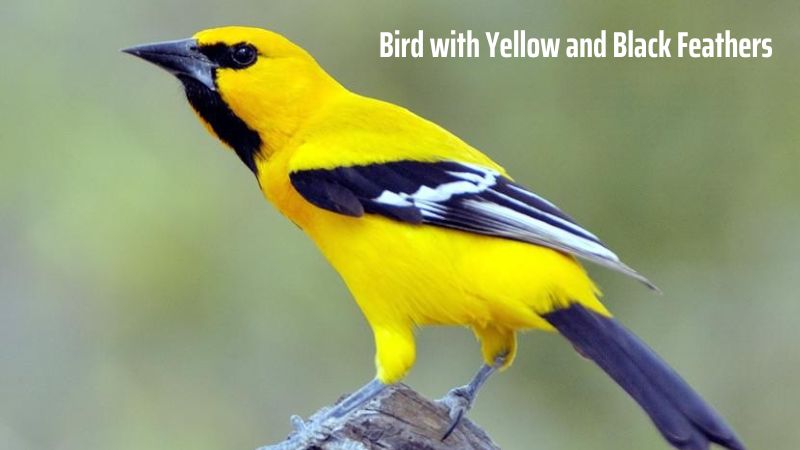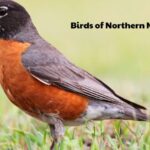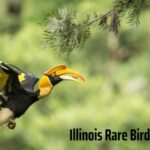Bird Training
The Vibrant World of Bird with Yellow and Black Feathers
The bird with yellow and black feathers captivates with its striking appearance and vivid coloration. This unique plumage is not only visually stunning but also plays a crucial role in the bird’s survival and behavior.
From aiding in camouflage and communication to influencing mating rituals, the combination of yellow and black feathers is integral to the bird’s ecological niche and daily life. Let’s explore with Bird 04 now!
General Characteristics of Bird with Yellow and Black Feathers
Color and Patterns
- Color Shades: Birds with yellow and black plumage exhibit various shades of yellow ranging from bright lemon yellow to deeper gold tones, contrasted with rich, jet-black feathers.
- Color Placement: The distribution of yellow and black can vary greatly among species. Yellow may cover specific areas like the chest, belly, or tail, while black can dominate the wings, back, or head.
- Feather Patterns: The patterns on their feathers can include stripes, spots, or patches. For example, some species might have a black body with yellow stripes or a yellow body with black wing tips.
Shape
Size and General Body Shape: The size of these birds can vary from small songbirds to larger raptors. Their body shapes can also differ, from sleek and elongated to more rounded and compact.
Distinctive Features
- Beak: The beak shape might be adapted to their feeding habits. For instance, some may have a conical beak for seed eating, while others may have a more hooked beak for insectivory.
- Legs: The legs can vary in length and robustness, influencing their perching and foraging behaviors.
- Wings: Wing shapes and sizes are often adapted to their flight patterns, whether they are long and narrow for fast flight or broad and rounded for hovering and maneuverability.
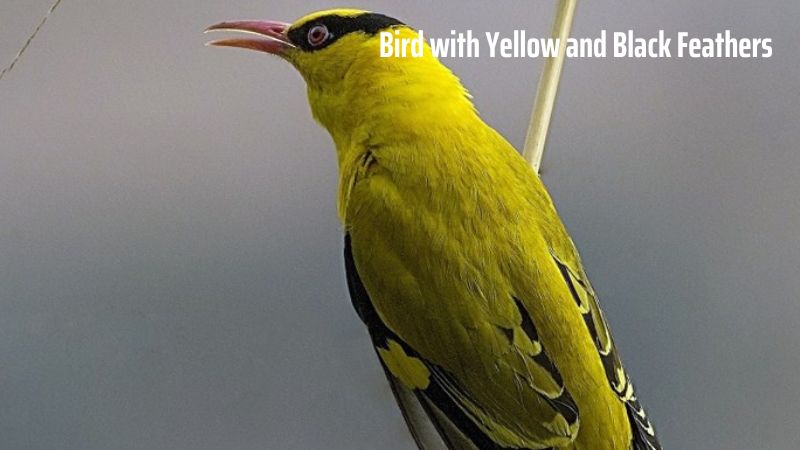
Significance of Yellow and Black Plumage in Birds
Camouflage
- Blending into Habitat: The combination of yellow and black plumage can help birds blend into their surroundings. For instance, in dense foliage, the dark colors may help them remain inconspicuous, while the bright yellow might mimic patterns found in their environment, aiding in camouflage.
- Deterring Predators: In some cases, the bold contrast between yellow and black can serve as a warning to potential predators. The bright yellow can be a signal of toxicity or unpleasant taste, while the black might suggest a more formidable presence.
Communication
- Attracting Mates: Bright yellow feathers are often used to attract potential mates. The vivid color can indicate good health and genetic fitness, making these birds more attractive to prospective partners.
- Territorial Signals: Yellow and black plumage can also be used to signal territory. The contrasting colors can be effective in establishing dominance and deterring rivals, as the visual display clearly marks an individual’s claim to a specific area.
Temperature Regulation
Thermal Management: The interplay between yellow and black feathers can aid in temperature regulation. Dark colors like black absorb more heat, which can be beneficial in colder climates, while yellow feathers reflect sunlight, helping to cool the bird in warmer conditions. This combination allows birds to manage their body temperature effectively across varying environmental temperatures.
Specific Examples of Birds with Yellow and Black Plumage
Introduction of Each Bird Species
- Description: Provide a detailed description of the bird’s appearance, including the pattern and distribution of yellow and black plumage. For instance, the American Goldfinch features vibrant yellow feathers with black wings and a black cap, while the Black-capped Chickadee has a contrasting black cap and bib with white cheeks and a hint of yellowish underparts.
- Habitat: Describe the typical habitats where these birds are found. The American Goldfinch, for example, is commonly found in open fields and gardens, while the Black-capped Chickadee prefers mixed forests and woodlands.
- Behavior: Outline their behavior, such as feeding habits, nesting practices, and social interactions. The American Goldfinch is known for its distinctive flight pattern and feeding on seeds, whereas the Black-capped Chickadee is recognized for its playful behavior and acrobatic feeding techniques.
Role of Plumage Color in Each Bird’s Life
- American Goldfinch: The bright yellow plumage plays a crucial role in attracting mates during the breeding season. It also helps camouflage the bird among the yellow flowers of its habitat. The black wings and cap serve to create a striking visual contrast that can be a deterrent to predators or rivals.
- Black-capped Chickadee: The contrasting black and white plumage aids in communication and territory defense. The black cap and bib are used in signaling to other chickadees and establishing territory. The slight yellowish tinge under the bird’s body is less prominent but may assist in blending with the golden hues of autumn leaves.
Comparison and Contrast
- Similarities: Both the American Goldfinch and the Black-capped Chickadee use their yellow and black plumage for communication and attracting mates. Each bird’s plumage pattern enhances their visibility and signals to others of their species.
- Differences: The American Goldfinch’s coloration is more vibrant and seasonally variable, with a more striking contrast between yellow and black. In contrast, the Black-capped Chickadee’s plumage is less vivid and more subdued, focusing on a balance of black and white with subtle hints of yellow. Additionally, their habitats and behavioral patterns differ, reflecting how their plumage adaptations serve specific ecological roles.
Conclusion
In summary, the bird with yellow and black feathers demonstrates a fascinating interplay of color, function, and adaptation. These vibrant plumages not only enhance their beauty but also play critical roles in camouflage, communication, and temperature regulation.
Understanding the significance of such birds enriches our appreciation of avian diversity and the intricate ways in which they interact with their environments.
